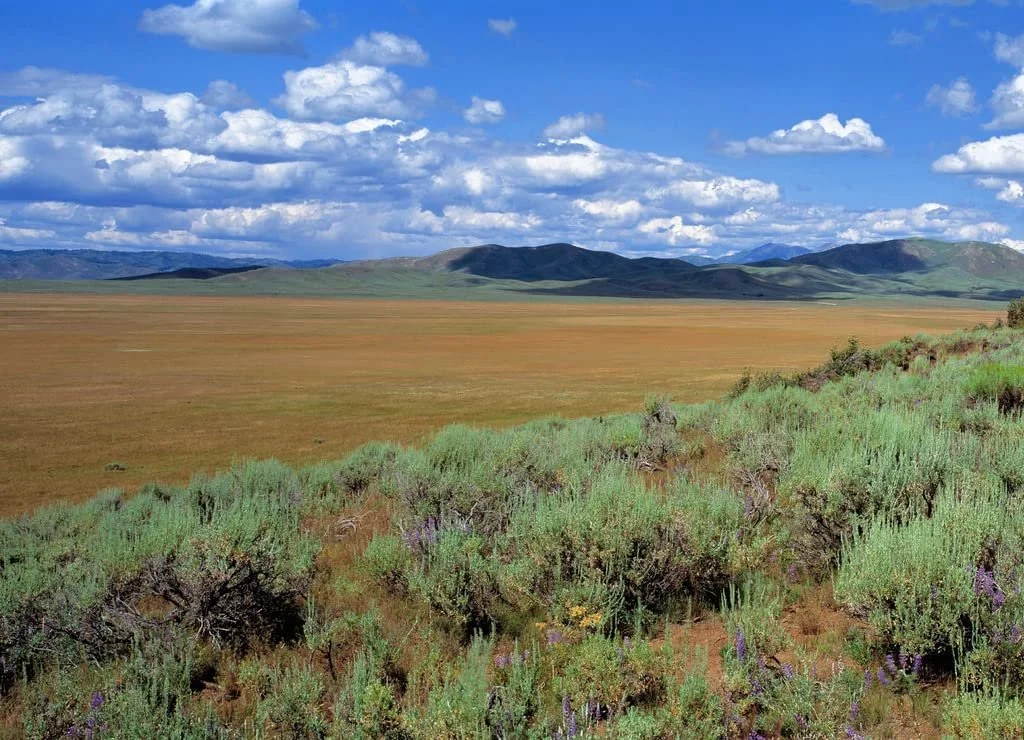Hill City, Idaho (1993) -- There's been a change in the weather on the Camas Prairie this winter and Emma Bennett has proof. After six consecutive years of drought, the parched grain fields of Camas County lie beneath welcome layers of snow, the likes of which haven't been seen since the 1950s. In the first two months of this year alone the Camas Prairie has received more precipitation than in all of 1992.
Bennett has the facts carefully recorded on National Weather Service documents. For January, 7.66 inches. For February, .88 inches. Last year's total precipitation: 7.8 inches.
"This is the most snow I've seen since I've been reading the weather, which will be 21 years in October," said Bennett, the 75-year-old proprietor of the Hill City Store and postmaster for the tiny Hill City Post Office.
Only about two dozen residents collect their mail at Bennett's post office, but many are likely to stop in and ask about the weather. "How much rain yesterday? How cold was it last night?"
Everyone knows Bennett can be relied upon for those facts. As an official weather observer for the National Weather Service, she records the highs and lows and precipitation amounts for the Camas Prairie daily. And every afternoon she gets a call from KMVT-TV in Twin Falls asking for the weather data that shows up under Fairfield on the station's nightly newscasts.
"Our weather watchers are our eyes and ears out there," said KMVT meteorologist Jeffrey Prier. "I call each of them between 4 and 5 p.m. and get the temperatures and precipitation totals for their station. This gives me a feel for what's happening out there."
A mile west of Hill City proper and hugging the shoulders of Highway 20, Bennett lives on land her late husband farmed. They bought the Hill City Store in 1972 and with it came a National Weather Service thermometer and rain gauge. The weather equipment has since been moved to the front yard of Bennett's home and is connected to a digital temperature display that rests on the living room's television.
Collecting weather data for the federal government is not lucrative -- just $8 a month -- and the information provided to KMVT is unpaid, but Bennett has been watching the weather on the Camas Prairie for most of her life anyway.
"It's not too difficult," Bennett said of her weather watching. "And I enjoy getting the calls from the TV weathermen." Born to homesteaders in Fairfield, Bennett grew up during a time without electricity or running water and when farming on the Camas Prairie was still being done with work horses.
"We've lived like they do in Third World countries today," she said. "I'd hate to go back to it, but we didn't know we had it bad. There used to be a farm on every 160 acres, but a lot of the families starved out and left."



